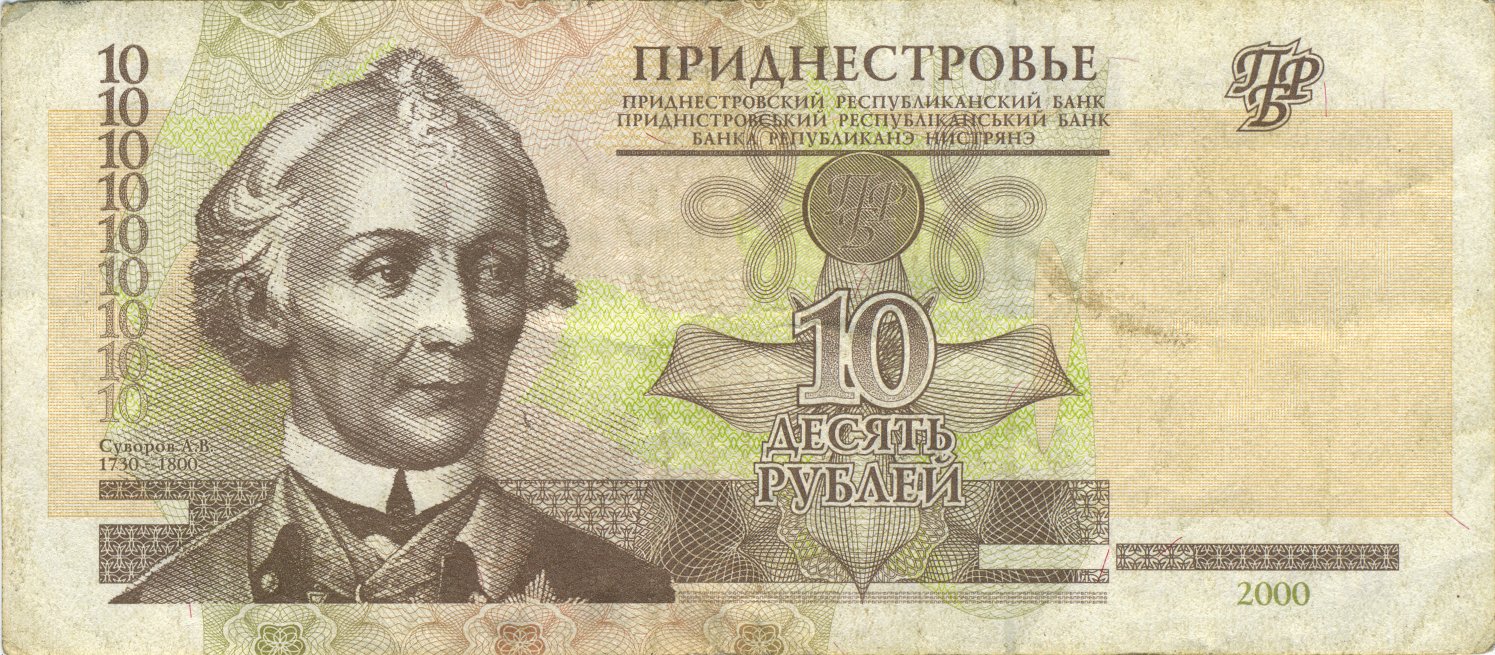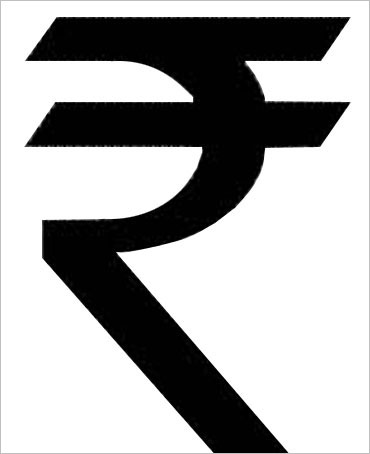 In June 2014, the Chinese foreign exchange reserves peaked at $3.99 trillion. Since then the foreign exchange reserves have been falling, first gradually and then at a very rapid pace. Between June 2014 and December 2014, the foreign exchange reserves fell by around $150 billion to $3.84 trillion.
In June 2014, the Chinese foreign exchange reserves peaked at $3.99 trillion. Since then the foreign exchange reserves have been falling, first gradually and then at a very rapid pace. Between June 2014 and December 2014, the foreign exchange reserves fell by around $150 billion to $3.84 trillion.
In 2015, the foreign exchange reserves fell at a very rapid rate. During the course of the year, the foreign exchange reserves fell by a whopping $512.7 billion. As of December 2015, the Chinese foreign exchange reserves stood at $$3.33 trillion. They fell by a further $100 billion dollars and stood at $3.23 trillion as of the end of January 2016.
What is happening here? Money is rapidly leaving China. Wei Yao and Jason Dew of Societe Generale write in a recent research note: “China is waging an uphill battle against capital outflows. In the past six quarters a cumulative $657 billion of net capital has left China.”
Yao and Dew write that there are three major areas of outflows when it comes to the money that is leaving China. First, the resident banking outflows have amounted to $353 billion. What does this mean? The Chinese are allowed to move up to $50,000 out of China, every year. Hence, banking outflows of $353 billion means that the Chinese are moving their money out of China. It also means that the Chinese banking system is increasingly integrated with the global financial system.
Second, the non-resident banking outflows have been at $248 billion. This means that the non-resident Chinese are withdrawing their money out of the Chinese banking system.
Further, between 2005 and 2013, the Chinese yuan was allowed to gradually appreciate against the dollar. In late 2005, one dollar was worth around 8.3 yuan. By the end of 2013, one dollar was worth around 6.05 yuan.
Many companies used this era of the appreciating dollar to borrow money in dollars. With the yuan appreciating against the dollar, it made sense to borrow in dollars. At a very simplistic level, a company which borrowed a million dollars when one dollar was worth 8.3 yuan would get 8.3 million yuan when it converted the dollars to yuan. When returning this money in 2013, assuming the entire principal amount of the loan needed to be returned in the end, the company needed only 6.05 million yuan to buy the million dollars, it would need to repay the loan. The interest payments in yuan would also have been lower as the yuan appreciated.
Nevertheless, since the start of 2014, the yuan has been depreciating against the dollar. At the beginning of 2014, one dollar was worth 6.05 yuan. Currently it is worth around 6.52 yuan. This basically means that the Chinese companies which had borrowed in dollars will need more yuan to repay the loans. Hence, the loans are being repaid because the fear is that the yuan will continue to depreciate against the dollar in the time to come. These repayments are also showing up in non-resident banking outflows of $248 billion.
The third and the most interesting item of outflow is the net errors and omissions. This is typically a balancing number and is usually close to zero for most countries, write Yao and Dew of Societe Generale. In the Chinese case this number over the last six quarters stands at $327 billion.
What does this mean? It means that the Chinese are moving their money out of China circumventing the existing regulations. What this also tells us is that the Chinese are not confident about the state of the Chinese economy and are now moving their money out of China, through unofficial channels. And that is indeed worrying.
The People’s Bank of China, the Chinese central bank, manages the value of the Chinese yuan against the dollar. When a large amount of money leaves China, people and institutions taking their money out sell yuan to buy dollars. This essentially should cause a shortage of dollars in the market. A shortage would mean that the dollar would appreciate against the yuan or the yuan would depreciate rapidly. Over the years, the Chinese have not allowed the value of the yuan to vary rapidly against the dollar. The value has always been managed.
In order to ensure that the yuan maintains its value against the dollar, the Chinese central bank needs to sell dollars and buy yuan. This ensures that there are enough dollars going around in the financial system and hence, the value of the dollar does not appreciate rapidly against the yuan.
The trouble is that the Chinese central bank does not have an endless supply of dollars. Only the Federal Reserve of the United States, the American central bank, can create dollars of thin air. This explains why it has gone slow in defending the yuan against the dollar, in the recent past, and allowed its currency to depreciate against the dollar.
While $3.23 trillion of foreign exchange reserves may sound like a lot of money, it isn’t. The International Monetary Fund has a methodology for calculating the adequate level of foreign exchange reserves. As Yao and Dew write: “Based on the IMF methodology…our calculations indicate that China’s reserves are at 118% of the recommended level. Reserve adequacy has been deteriorating sharply over the past five years.”
This means that adequate Chinese reserves are to the tune of $2.8 trillion. The rate at which Chinese foreign exchange reserves have been falling, reaching a level of $2.8 trillion shouldn’t take more than six months. Also, it is worth remembering here that these foreign exchange reserves aren’t exactly in a vault somewhere. They have been invested all over the world. And the question is how liquid these investments are. Until when can the Chinese keep selling these investments in order to defend the value of the yuan?
Interestingly, Yao and Dew feel that there is a greater than 60% probability that the People’s Bank of China will move towards a free-float and let the market decide the value of the yuan against the dollar. They also feel that there is a 30% probability that the Chinese central bank will continue to follow the current strategy of trying to defend the yuan and at the same time allow it to depreciate against the dollar, now and then.
Either ways, the value of the yuan against the dollar will be at much lower levels in the months to come.
What will this mean for the world at large? It will mean that Chinese exports will become even more competitive than they currently are. And this will lead to China exporting more deflation (i.e. lower prices) to other parts of the world.
The column originally appeared in Vivek Kaul’s Diary on Equitymaster on February 17, 2016

